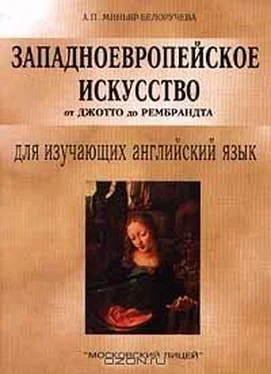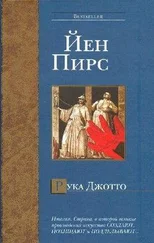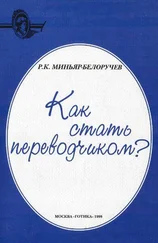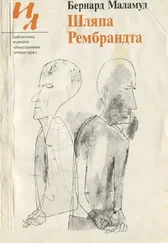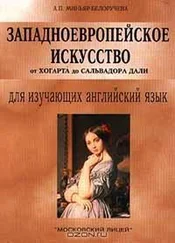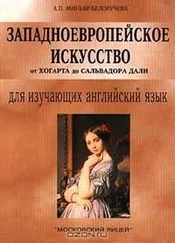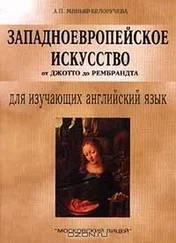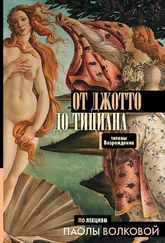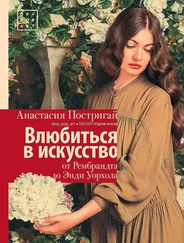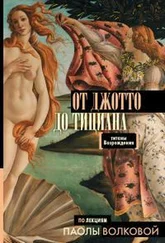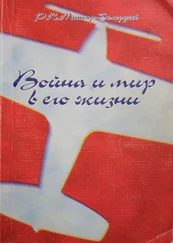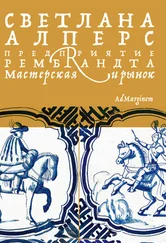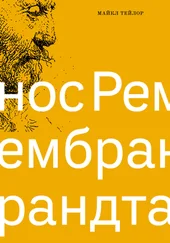VI. Summarize the text.
VII. Topics for discussion.
1. Giotto's style and characters.
2. Giotto as the father of modern painting.
Unit II Masaccio (1401-1427/29)
The break between what had gone before and the new 15th century creative art of Florence is seen immediately in the Enthroned Madonna and Child by the short-lived Tommaso di Ser Giovanni known to his contemporaries as Masaccio who was, after Giotto, the next great founder-figure not only of Italian but of Western painting. This picture is a central panel of an altar-piece painted by Masaccio when he was twenty-five. Its revolutionary heroic realism can be paralleled only in the work of his friend, the sculptor Donatello, older than Masaccio but working in Florence at the same time. In spite of the Gothic pointed arches used for the panels and the golden background this is a Renaissance picture. Masaccio's Madonna and Child are a simple, sculpted group, as if blocked out from the same piece of stone, absorbed, archaic and unsmiling images. The throne on which they sit and on which the large monumental Madonna casts a shadow is solid and three-dimensional. The Child is realistically human and seriously divine. He takes grapes from his Mother as a solemn foretaste of the Passion.
Masaccio's innovations are visible in the frescoes he painted about 1425 in the Chapel of the Brancacci family in Florence. In his mid-twenties he revolutionised the art of painting. In the principle scene in the series the Tribute Money Masaccio created a new sense of actual masses existing in actual space. The subject recounts how when Christ and the Apostles arrived at Capernaum, the Roman tax-gatherer came to collect tribute. Christ told Peter he would find the tribute money in the mouth of a fish in the nearby Sea of Galilee. Peter cast for the fish, found the coin, and paid the tax-gatherer. The artist has arranged the Apostle figures in a semicircle around Christ, with the discovery of the money placed in the middle distance at the left and the payoff at the right. The Apostles are enveloped in cloaks. This gives them the grandeur of sculpture and a sense of existence in space. The Apostles' faces are painted with quick, soft strokes of the brush. Masaccio has performed a miracle almost without the use of line. Form is achieved by the impact of light on an object. In this picture Masaccio proved a simple maxim that 'Nothing is seen without light'. Unlike Giotto who had attempted to take the observer only a few yards back into the picture, where he immediately encountered the flat, blue wall, Masaccio leads the eye into the distance, over the shore of Galilee, past half-dead trees to the range of far-off mountains, and eventually to the sky with its floating clouds. And while Giotto'sought for the best means of telling the story selected as the subject, Masaccio sought a fitting incident which as a theme, would enable him to depict the characters he chose to represent.
On the narrow entrance wall to the chapel Masaccio painted his vision of the Expulsion from Eden . In this fresco the clothed angel floats above, sword in one hand, the other hand points into a desolate and treeless world. Adam's powerful body is shaking with sobs; he covers his face with his hands in a paroxysm of guilt and grief. Eve covers her nakedness with her hands, but lifts up her face in a scream of pain. Masaccio's drawing of the human figures and faces is masterly. Never before the nude figures had been painted with such breadth and ease; and the man's separation from God had never before been represented with such tragic intensity.
Masaccio made a great advance in both linear and aerial perspective; his figures were placed firmly on different planes in the same composition. Masaccio's style was characterised by his contemporaries as «pure, without ornament». By the fifteenth century the Brancacci Chapel had become the place where young artists including Michelangelo, went to learn from Masaccio – the basic principles of form, space, light, and shade of the Renaissance painting.
Make sure you know how to pronounce the following words:
Masaccio; Renaissance; Donatello; Florence; Apostles; Galilee; Capernaum; Milan; Eden; archaic; paroxysm
Notes
Tribute Money – «Чудо со статиром»(«Подать»)
Expvlsionfrom Eden – «Изгнание из Рая»
Enthroned Madonna and Child – «Мадонна с Младенцем на Престоле»
the Passion – Страсти Господни
Tasks
I. Read the text. Mark the following statements true or false.
1. Masaccio was the first founder-figure of Italian painting.
2. 'Nothing is seen without light' was Giotto's maxim.
3. Masaccio created a new sense of supernatural reality.
4. Late life Masaccio revolutionised the art of painting.
5. In a paroxysm of guilt and grief Eve covers her face.
6. The Arena Chapel became the place where young artists studied the basic principles of the Renaissance painting.
II. How well have you read? Can you answer the following questions?
1. What did Masaccio paint at the age of twenty-five?
2. How did Masaccio develop Giotto's innovations? What miracle did Masaccio perform?
3. Is the Enthroned Madonna and Child a Gothic or Renaissance picture? Why?
4. What does the subject of the Tribute Money recount? How did Masaccio group the figures?
5. What differs the Masaccio from the Giotto? How far did Masaccio take the observer into his painting the Tribute Money ?
6. What is represented in the Expulsion from Eden ? How did Masaccio picture man's separation from God?
III. I. Give Russian equivalents of the following phrases:
Gothic pointed arches; light and shade; a central panel of an altarpiece; the grandeur of sculpture; the Passion; to take the observer a few yards back in the picture; in the principle scene; a sense of actual masses existing in actual space; the subject recounts; sculpted group; a tax-gatherer; to cast for the fish; to perform a miracle; on the entrance wall to the chapel; the impact of light on an object; to float above: payoff; to render the event; a simple maxim; in a paroxysm of guilt and grief; to cover the face with the hands; to lift up the face; to paint with breadth and ease.
II. Give English equivalents of the following phrases:
изобразительное искусство; центральная часть алтарного образа; влияние света на предмет; величие скульптуры; над входом в капеллу; сюжет повествует; сотворить чудо; скульптурная группа; готические стрельчатые арки; ощущение естественности среды, в которой пребывают герои; парить над; сотрясаться от рыданий; принципы пространства и светотени; оплата; передать событие; бросить невод; писать размашисто и легко; закрыть лицо руками; мытарь; в приступе вины и горя; простая истина; провести зрителя на несколько метров вглубь картины.
III. Make up sentences of your own with the given phrases.
IV. Translate the following groups of words into Russian:
create – creator – creative – creativity – creature; found – founder – foundation; sculpture – sculptor – sculptural – sculptured; revolution – revolutionary – revolutionise – revolutionist; image -imaginary – imagination – imaginative; real – reality – realism – realistic; sacrifice – sacrificial.
Читать дальше
